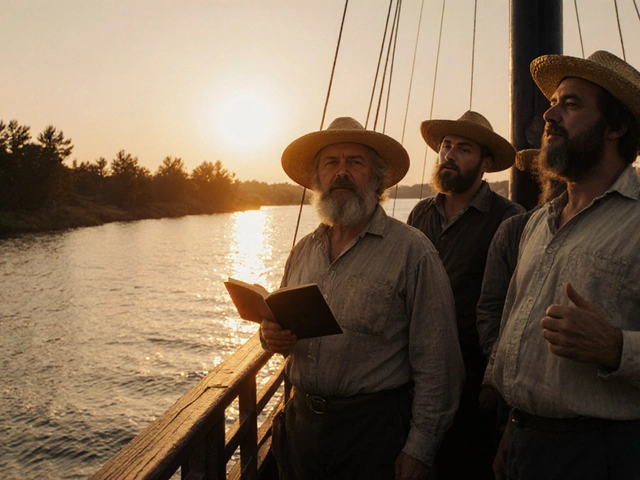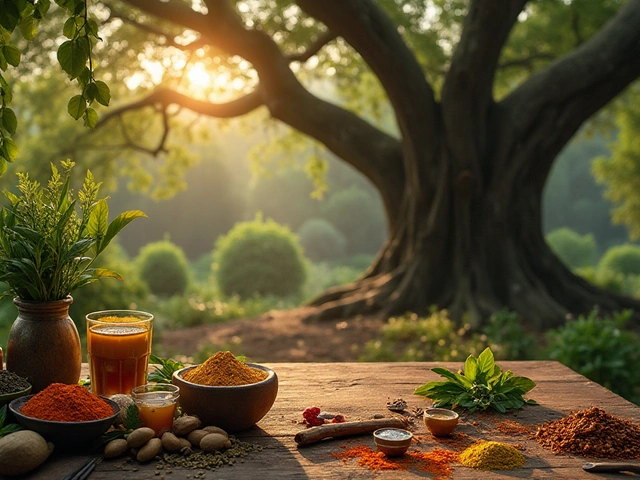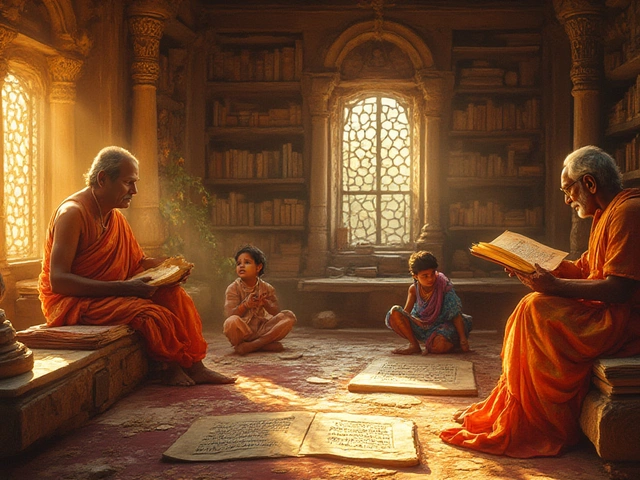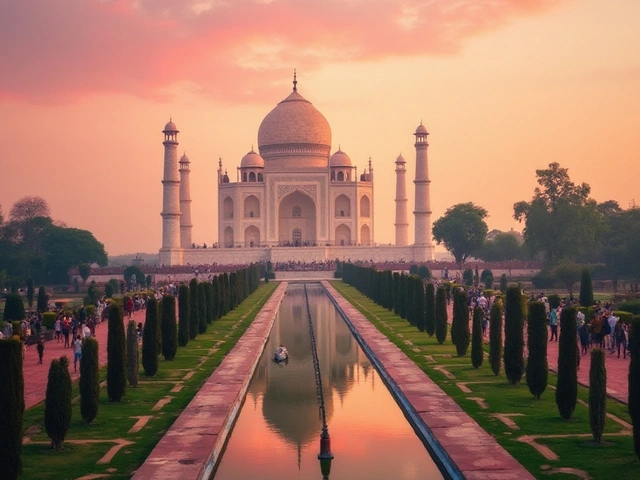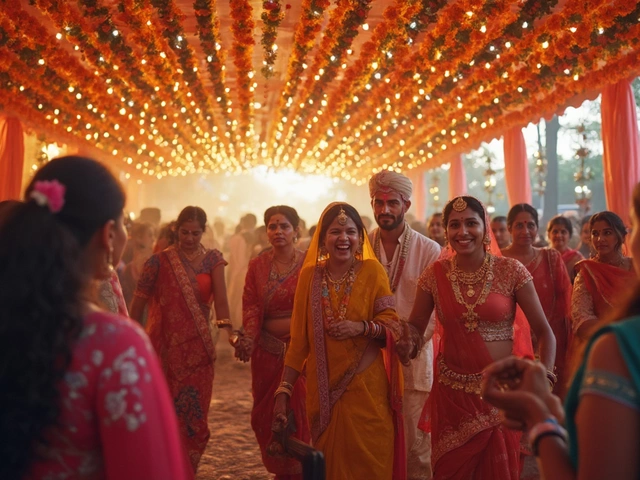Earliest Indian Painter: Who Was the First and What Did They Paint?
When we talk about the earliest Indian painter, a person who created visual art in ancient India, often linked to ritual, storytelling, or spiritual expression. Also known as ancient Indian artist, it’s not about signing a canvas—it’s about leaving marks that lasted thousands of years. These weren’t artists in the modern sense. They didn’t study at academies or sell paintings in galleries. They were villagers, priests, and craftspeople who painted on walls, clay, and rock to honor gods, record stories, or mark sacred spaces.
The real story begins long before Mughal miniatures or Bengal School brushwork. It starts with the Indus Valley art, a sophisticated visual culture from 3300–1300 BCE, known for seals with animal figures and geometric patterns. These tiny stone seals—some no bigger than a thumbprint—show deer, bulls, and mythical creatures with startling detail. No names survive, but someone carved them. Someone painted them. That’s the earliest Indian painter: unnamed, unknown, but deeply skilled.
Then there’s Bharata Muni, the ancient scholar credited with codifying Indian performance and visual arts in the Natya Shastra, laying the foundation for all Indian artistic expression. While not a painter himself, his work shaped how painting was understood—as part of a larger system of rhythm, gesture, and divine storytelling. His ideas influenced every temple mural, every miniature, every folk art form that came after.
Fast forward to today, and you’ll still see echoes of those early painters in Pithora painting, a living tribal art from Gujarat where every brushstroke is a prayer to the deity Rido. These murals aren’t relics—they’re active rituals, painted on home walls by community members who believe the art holds power. The same spirit that drove the Indus seal-maker lives on in the hands of modern Pithora artists.
So who was the earliest Indian painter? It wasn’t one person. It was many—across time, region, and caste—painting not for fame, but for meaning. They painted on cave walls in Bhimbetka, on temple ceilings in Ajanta, on clay pots in Tamil Nadu, and on the floors of tribal huts in Gujarat. Their tools? Natural pigments, fingers, reed brushes. Their subjects? Gods, animals, harvests, ancestors. Their legacy? A visual language that never broke.
You won’t find a single name in history books as the "first." But if you look at the oldest surviving images across India, you’ll see the same quiet confidence: someone once looked at the world and decided to make it permanent with color. That’s the true beginning. And what follows in these articles? A journey through the art forms that kept that spark alive—from ancient seals to living folk traditions. You’ll meet the artists, understand the rituals, and see how India’s oldest paintings still speak today.

